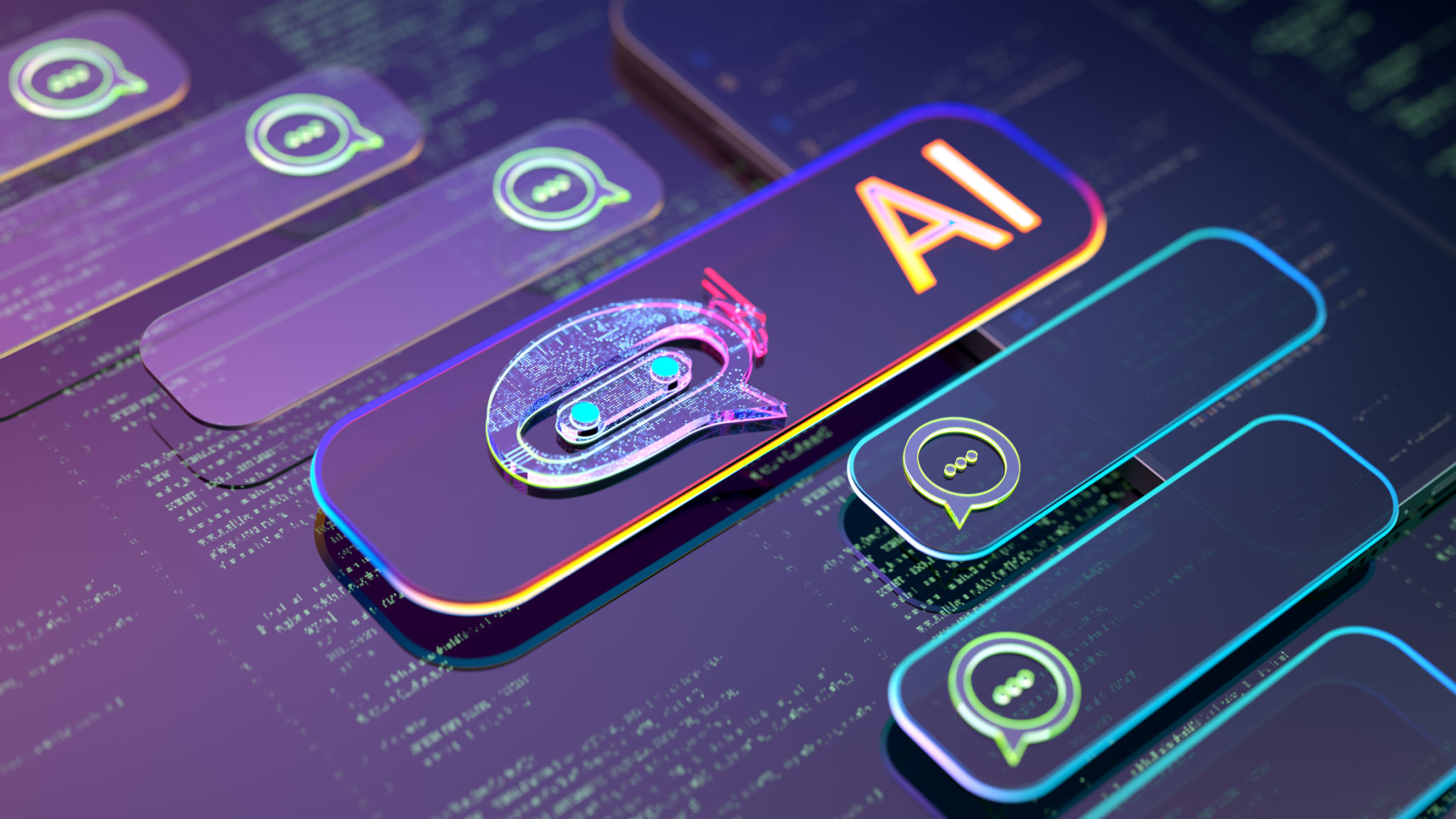Automated Customer Service: The Future of Business Communication
Understanding Automated Customer Service
In today's fast-paced digital world, businesses are constantly seeking ways to improve efficiency and enhance customer experiences. One major advancement in this area is automated customer service. This innovative approach leverages technology to handle customer interactions, providing quick and accurate responses to inquiries. By integrating artificial intelligence and machine learning, businesses can offer 24/7 support, freeing up human resources for more complex tasks.

Benefits of Automation in Customer Service
The shift towards automated customer service offers numerous benefits. Firstly, it significantly reduces wait times for customers, as AI-driven systems can handle multiple inquiries simultaneously. Moreover, automation ensures consistency in responses, which helps maintain a uniform brand voice. Additionally, it allows businesses to gather valuable data on customer interactions, aiding in the refinement of products and services.
Another key advantage is cost efficiency. By automating repetitive tasks, companies can reduce labor costs and allocate their workforce to areas that require human intuition and empathy. This not only enhances operational efficiency but also improves overall customer satisfaction.
Challenges and Considerations
Despite its advantages, automated customer service is not without challenges. One primary concern is the potential loss of personal touch. Customers often appreciate the empathy and understanding that human agents provide, which can be difficult to replicate with machines. Businesses need to strike a balance between automation and human interaction to ensure a seamless experience.

Additionally, the implementation of automated systems requires a significant investment in technology and training. Businesses must ensure that their systems are equipped with the latest advancements in AI and machine learning to remain competitive. Regular updates and maintenance are also crucial to keep the system running smoothly.
Integrating Automation with Human Interaction
To maximize the benefits of automated customer service, businesses should consider a hybrid approach. This involves using automation for routine inquiries while reserving human agents for complex issues. Such a strategy ensures that customers receive quick responses without sacrificing the personal touch when needed. Chatbots can handle FAQs, while live agents can address more nuanced concerns.

Moreover, training human agents to work alongside AI systems can enhance their efficiency and effectiveness. By understanding how to leverage automated insights, agents can provide more informed solutions and improve customer relationships.
The Future of Business Communication
The evolution of automated customer service is poised to transform business communication significantly. As AI technology continues to advance, we can expect even more sophisticated systems capable of understanding natural language and emotions. This will lead to more engaging and personalized interactions, further blurring the lines between human and machine communication.
In conclusion, automated customer service represents the future of business communication, offering a host of benefits while presenting new challenges. By embracing this technology wisely, businesses can enhance their service offerings, streamline operations, and ultimately improve customer satisfaction.
